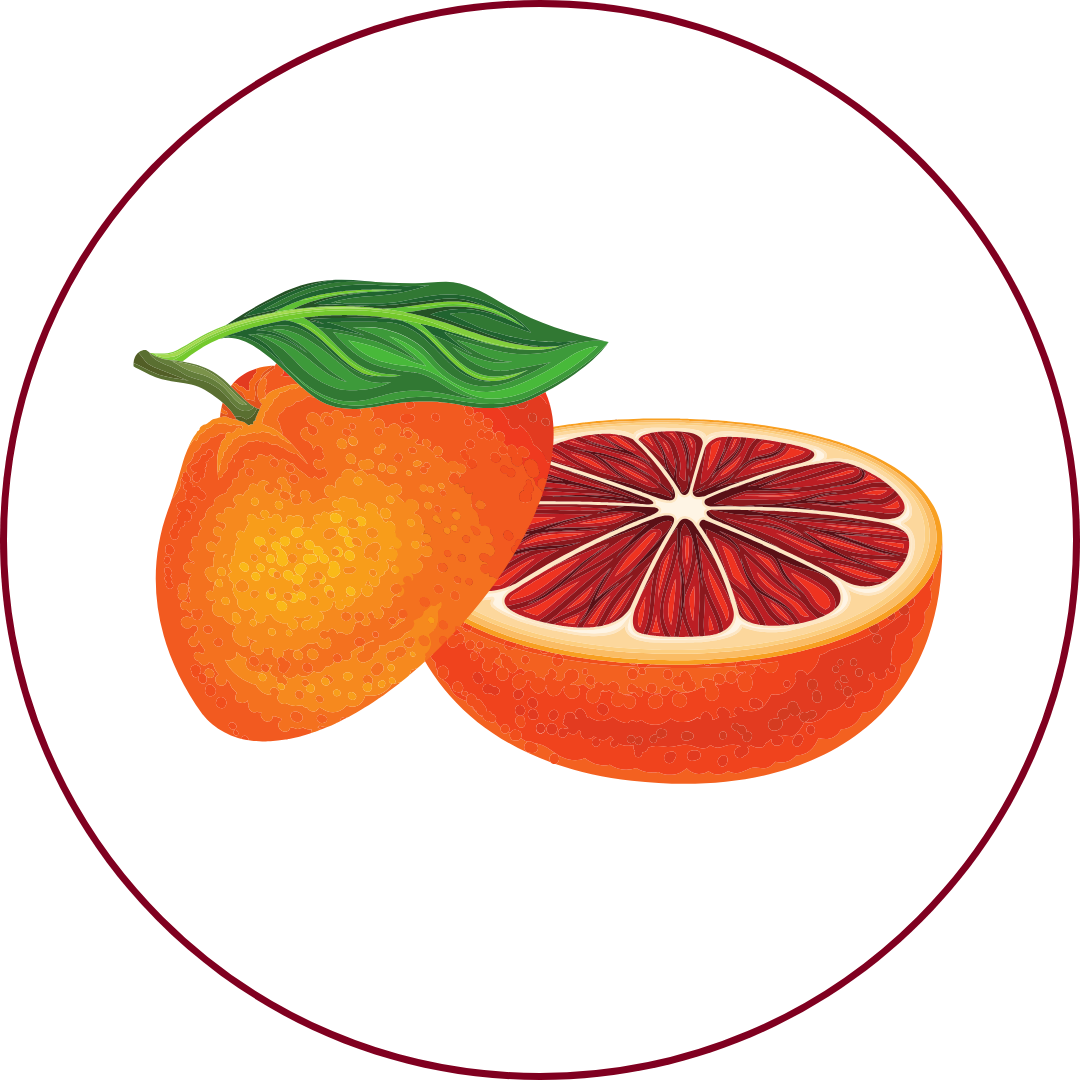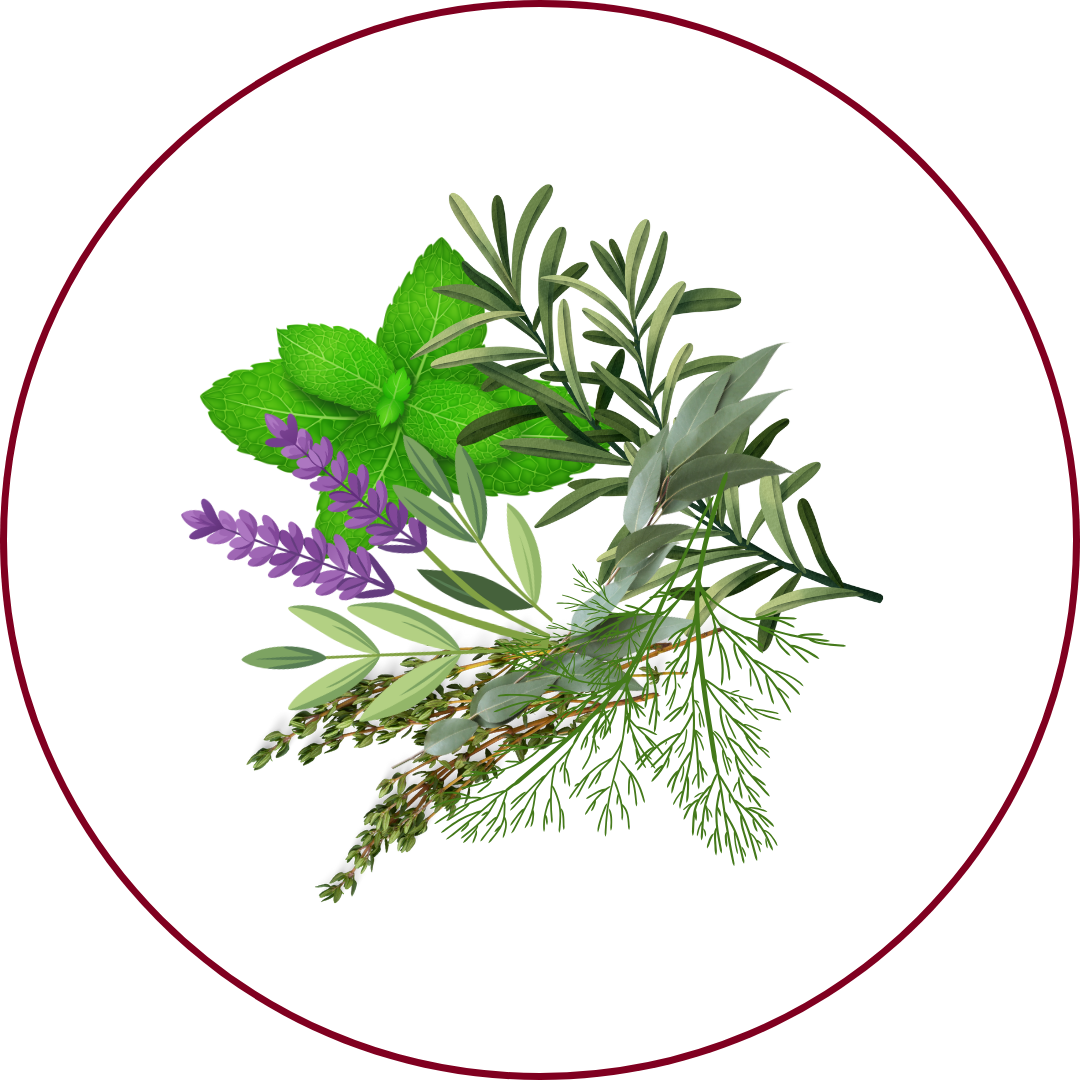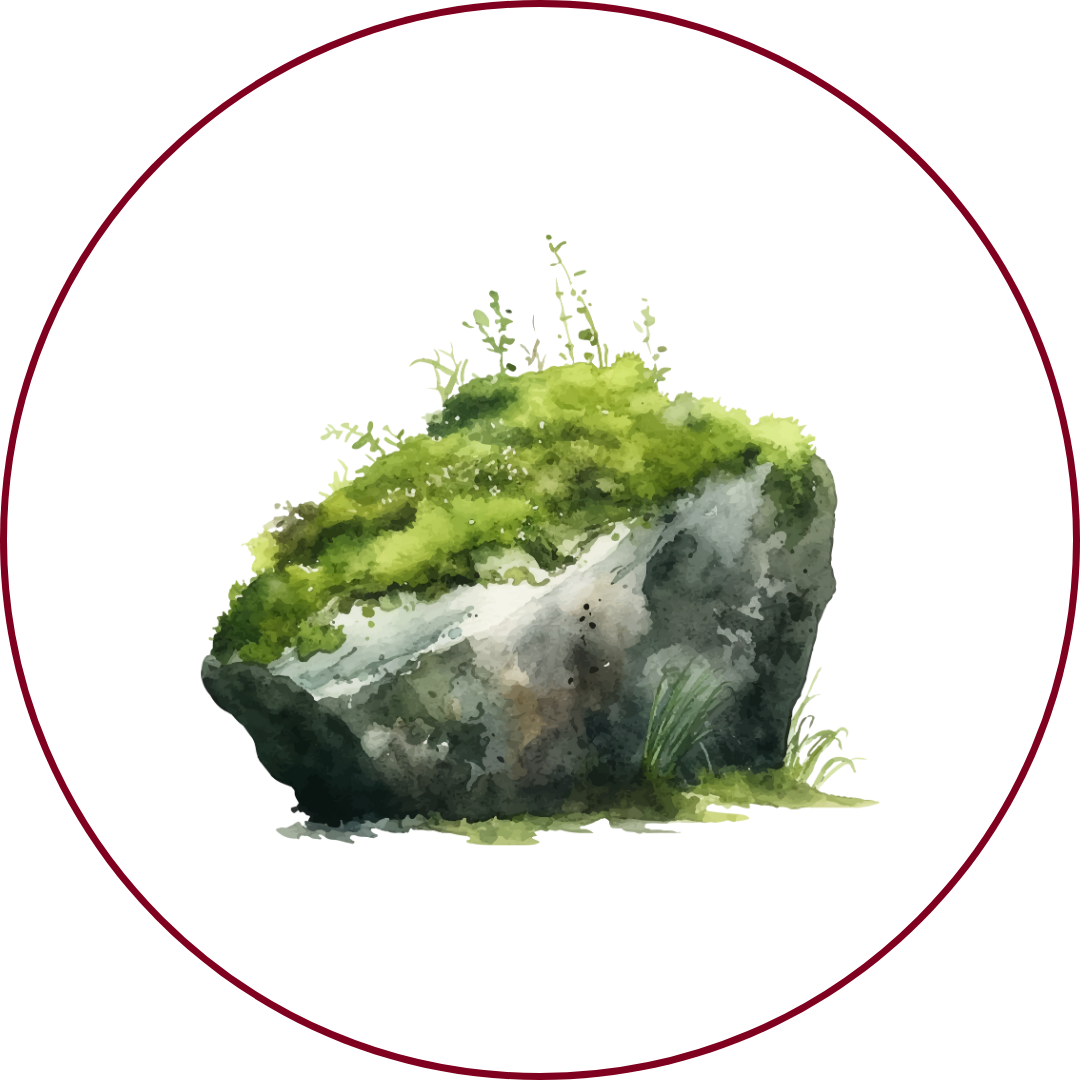Grape Variety
Clairette
"klair-ET"
Wine Styles
 Sparkling
Sparkling Light White
Light White Full White
Full White Aromatic
Aromatic Rosé
Rosé Light Red
Light Red Medium Red
Medium Red Full Red
Full Red Dessert
DessertAbout Clairette
Origin
Provence, France
History
Clairette is one of the oldest grape varieties in France, with cultivation dating back to the mid-1500s. It has been traditionally grown in the southern regions of France, particularly in Provence, Rhône, and Languedoc. Over time, its cultivation has declined as other varieties gained popularity, but it remains an integral part of certain wine blends and is valued for its ability to produce fresh, aromatic wines.
Appearance
Medium-sized, thin-skinned, pale green to yellow berries growing in loose clusters.
Growing Traits
Clairette is a rustic grape variety, well-suited to hot and dry climates, particularly in the Mediterranean basin. It is known for its robustness and adaptation to arid and limestone soils. The vine is vigorous and can produce high yields, but careful vineyard management is necessary to maintain quality. It is also used in the production of vermouth due to its aromatic qualities.
Wine Characteristics
Body
2/5
Sweetness
1/5
Tannin
1/5
Acidity
3/5
Alcohol
3/5
Light to medium-bodied with a fresh and aromatic profile, offering subtle complexity and elegance. Typically dry, with minimal residual sugar, though some off-dry and sparkling styles exist, highlighting its versatility. Low tannin levels, characteristic of white wines, contributing to a smooth and clean profile. Medium acidity, providing balance and freshness, enhancing the wine's food-pairing versatility. Moderate alcohol content, typically ranging between 11% and 13.5%, ensuring balance and drinkability.
Taste Profile

Apple

Grapefruit

Floral

Herbal

Musk
Clairette wines are characterized by fresh aromas of apple and grapefruit, complemented by hints of white flowers and occasional slightly musky notes. The medium acidity balances the fruit and floral characteristics, leading to a crisp and refreshing finish.
Food Pairing
Clairette's light to medium body, moderate acidity, and aromatic profile make it a versatile partner for a variety of dishes. It pairs well with seafood, Mediterranean cuisine, and dishes featuring herbs and spices. The wine's subtle floral and citrus notes complement salads, grilled vegetables, and soft cheeses, enhancing the overall dining experience.
Growing Regions

France
Rhône ValleyProvenceLanguedoc

South Africa
Western Cape

Italy
Sardinia

Australia
Barossa Valley
Notable Wines & Producers
Clairette de Die
Jaillance
Domaine Achard-Vincent
Châteauneuf-du-Pape Blanc
Château de Beaucastel
Domaine du Vieux Télégraphe
Clairette de Bellegarde
Domaine des Carabiniers
Château Mourgues du Grès
Clairette FAQ
Common questions about this grape variety
What is the origin of Clairette?
+
Provence, France
Is Clairette wine full bodied?
+
Clairette has a body level of 2 out of 5. Which means that Clairette is Moderate to Light bodied.
Is Clairette wine dry or sweet?
+
Clairette has a dryness level of 1 out of 5. Which means that Clairette is Dry.
Where is Clairette wine from?
+
Provence, France
Where is Clairette grown?
+
Clairette is grown in France (Rhône Valley, Provence, Languedoc)South Africa (Western Cape)Italy (Sardinia)Australia (Barossa Valley).
What is Clairette like?
+
Clairette wines are characterized by fresh aromas of apple and grapefruit, complemented by hints of white flowers and occasional slightly musky notes. The medium acidity balances the fruit and floral characteristics, leading to a crisp and refreshing finish.
What does Clairette pair with?
+
Clairette's light to medium body, moderate acidity, and aromatic profile make it a versatile partner for a variety of dishes. It pairs well with seafood, Mediterranean cuisine, and dishes featuring herbs and spices. The wine's subtle floral and citrus notes complement salads, grilled vegetables, and soft cheeses, enhancing the overall dining experience.
What does Clairette taste like?
+
Clairette wines are characterized by fresh aromas of apple and grapefruit, complemented by hints of white flowers and occasional slightly musky notes. The medium acidity balances the fruit and floral characteristics, leading to a crisp and refreshing finish.
Take Clairette Knowledge with You
Access detailed grape profiles, tasting notes, and pairing suggestions on your iPhone.
Download on theApp Store